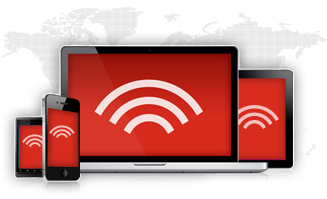
The devil is in the details of Google's free Boingo Wi-Fi deal for Android devices
Today, public Wi-Fi hotspot provider Boingo Wireless announced a promotional partnership with Google Play that gives Android users free Wi-Fi access in 4,000 different locations across the United States (including fifteen major airports) for the rest of September.
The promotion encompasses Android-based smartphones and tablets, as well as Windows and OS X PCs, on the assumption that they can still be Android mobile device users when using a PC.

No longer an iOS pack-in, YouTube app update brings ads
Ahead of the Apple event rumored to be the unveiling of a new, smaller iPad, Google on Tuesday released an updated native YouTube application for Apple's smaller-screen iOS devices.
The new application for iPhone and iPod touch speeds up video discovery with an improved channel guide and search functionality, improved sharing capabilities, and a larger roster of compatible videos.

Antisec, PROVE Apple UDIDs came from FBI
The list of more than a million unique device identifiers (UDIDs) which hacktivist collective #Antisec said it had stolen from the Federal Bureau of Investigation may have originated from publishing company BlueToad Inc., researcher David Schuetz found over the weekend. Following the FBI's initial denial of #Antisec's claims and Schuetz's research, BlueToad on Monday announced it believed its systems were the ones compromised. It is still unclear who compromised Blue Toad's system, and where #Antisec actually obtained the list.
"I’m still not completely clear on all the technical details," Schuetz wrote in his research blog. "Was BlueToad really the source of the breach? How did the data get to the FBI (if it really did at all)? Or is it possible this is just a secondary breach, not even related to the UDID leak, and it was just a coincidence that I noticed? Finally, why haven’t I noticed any of their applications in the (very few) lists of apps I’ve received?"
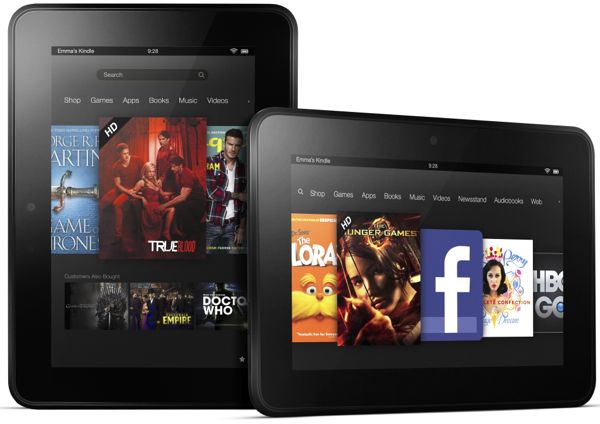
Amazon debuts new Kindle Fires, just don't call them gadgets
Amazon on Thursday unveiled four new Android tablets in the Kindle Fire family: two models with a 7-inch screen, and two with an 8.9-inch screen.
Irrespective of how many Kindle Fires Amazon actually sold, it's hard to argue that the retailer has done anything wrong. It built a content ecosystem first, and then delivered the hardware with which to consume that content. The icing on the cake was that the device was one of the cheapest brand-name tablets on the market.
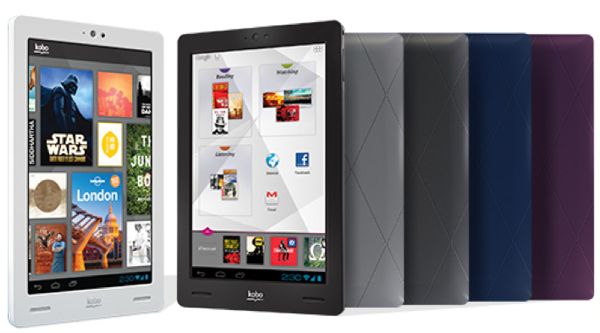
Kobo, Canada's answer to Kindle, debuts latest Android tablet ahead of Amazon
Just hours ahead of Amazon's debut of a new Kindle tablet on Thursday, Kobo, the e-book company that can be thought of as "Canada's Kindle" debuted a new color Android tablet called the Kobo Arc.
Kobo Arc is the company's second Android tablet, following up on the Kobo Vox which debuted around this time last year.

Pogoplug debuts first consumer cloud service to utilize Amazon Glacier
Consumer and enterprise cloud storage company Pogoplug on Thursday announced it has integrated Amazon Glacier long-term archival storage into the Pogoplug service. In its usual fashion, Pogoplug mirrors content from your local drives in the cloud and makes them accessible through a Web interface and mobile apps. Now, with Glacier integration, PogoPlug can also back content up to cold storage at the same time.
This announcement comes just two weeks after Amazon Web Services announced Glacier, making Pogoplug the first consumer cloud service to integrate with Amazon's new offering.
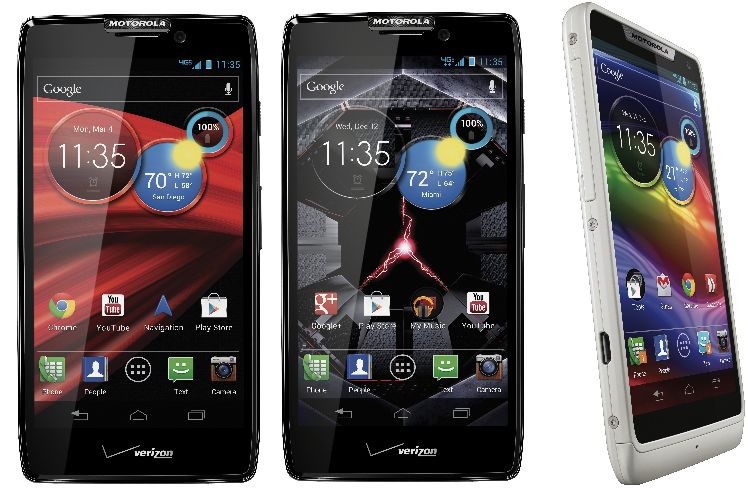
Motorola: Big batteries, skinny phones, and $100 back if you don't get Jelly Bean
Motorola Mobility on Wednesday afternoon unveiled three new devices in its Droid Razr family of Android smartphones: the Droid Razr HD, Droid Razr Maxx HD, and Droid Razr M. With these new devices, Motorola continues the very straightforward approach to Android devices began early this year: offer physically skinnier devices with better battery life.
The Droid Razr HD has a 4.7" Super AMOLED display, a 1.5 GHz dual-core processor with 1GB of RAM, Verizon 4G LTE/3G WCDMA connectivity, an 8 megapixel camera and 1.3 megapixel forward-facing chat cam, 12GB of onboard storage and a 2530 mAh battery.
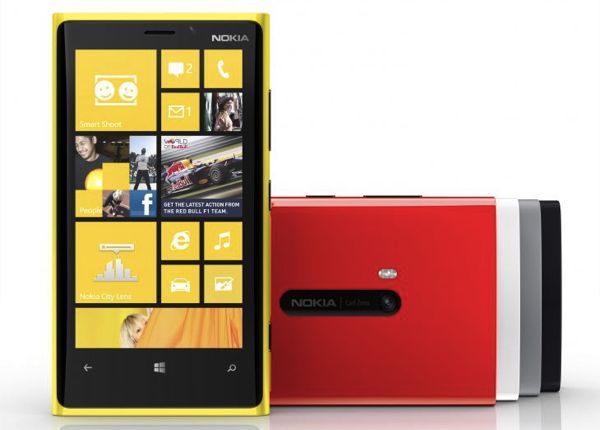
Meet Nokia Lumia 920 Windows Phone
Finnish mobile phone maker Nokia on Wednesday morning announced the latest smartphone in the Lumia family, the Nokia Lumia 920, which is the company's flagship Windows Phone 8 device. The device bears a strong physical resemblance to the previous Lumia flagship devices, but this time around, Nokia has innovated in design rather than simply overload with more powerful specs, and it showed off its innovations today by unveiling some exclusive new apps and capabilities.
The Lumia 920 has a 4.5" (1280 x 768) WXGA display, a 1.5 GHz dual-core Qualcomm Snapdragon S4 processor with 1GB of RAM, 32 GB of storage and an 8.7 Megapixel rear-facing camera/1.2 Megapixel forward facing camera combo, the internal specs are good, but not insane top-of-the-market specs like those provided by Android smartphone makers.
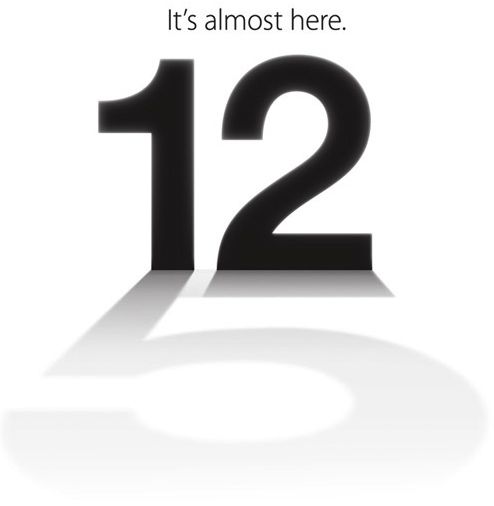
Apple slaps a gigantic number five on its September 12 press conference
Apple on Tuesday officially distributed its invitations to the media for an event on September 12 in the company's usual spot for press conferences, the Yerba Buena Center for the Arts in San Francisco, California.
The big number twelve on the invitation is casting a shadow that is shaped like the number five, which has naturally lead many to believe this is the event for the "iPhone 5," or fifth generation of Apple's iPhone. The iPhone 5 moniker has been in use since before the iPhone 4S was released, but as Dave Caolo of the Unofficial Apple Weblog jokingly pointed out on Twitter, it could just as easily mean a 5" iPad.

Hacktivist group #Antisec releases a million Apple device IDs, wonders why FBI had them
#Antisec, The loosely-organized black hat security collective formerly known as Lulzsec has released a file containing a million and one (1,000,001) Apple Unique Device Identifications (UDIDs), and their related APNs (Apple Push Notification Service) tokens, as well as a certain amount of personal user information. The group claims the information was not taken from Apple directly, but rather though a vulnerability exploit on FBI Agent Christopher K. Stangl last March.
The group claims there were actually more than twelve million UDIDs on Stangl's Dell Vostro notebook, as well as an incomplete list of zip codes, mobile phone numbers, home addresses, and whatever personal detail fields could be obtained. Antisec said there were no other files in the same folder that mention the list or its purpose.

Four years with Google Chrome, and I'm never going back
Today is Labor Day in the United States. It's a federal holiday dedicated to the American workforce, celebrating, as the U.S. department of labor puts it, the "contributions workers have made to the strength, prosperity, and well-being of our country."
Every year, the Labor Day holiday falls very closely to the anniversary of Google's launch of the beta version of the Google Chrome Web browser. Released on September 1, 2008, Google Chrome is now four years old, and I am taking the opportunity on this holiday to celebrate the workhorse that is Chrome.

Republicans: Friends of Technology?
In case you haven't already noticed, it's the quadrennial presidential election season in the United States; the time when the two dominant political parties state their goals and methods of attaining them, and work to put their chosen party leader into the office of President of the United States.
At the Republican National Convention this week, the Republican party both nominated Mitt Romney as its candidate for president, and outlined its platform, its "statement of who we are and what we believe."
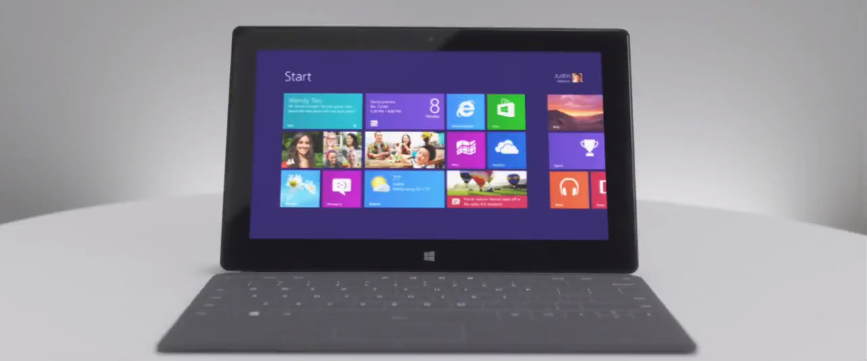
Despite Surface and Windows RT, Windows 8 Slate PCs get boost from Samsung
At IFA in Berlin, Germany yesterday, Samsung officially took the wraps off of its new Windows-powered slate PCs, the Series 5 and Series 7, which, like Samsung's Android tablets, incorporate a lot of modifications directly from the South Korean consumer electronics leader.
The Samsung Series 7 Slate is configured with an Intel Core i5 processor and 4 GB of RAM, with a 128GB SSD and has a suggested retail price of $1,199.
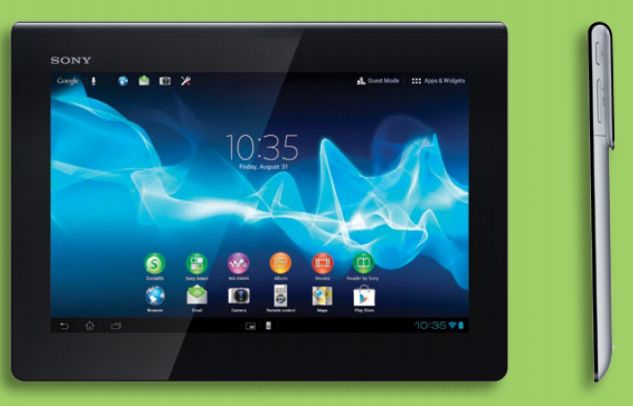
Sony applies Xperia brand to Android Tablet S, adds Windows-like customizations
At IFA in Berlin, Germany on Wednesday, Sony Mobile Communications debuted its second generation Android-powered Tablet S, which Sony has now merged with its Xperia smartphone brand.
Sony's first generation of Android-based tablets offered extremely different designs from the whole crowd of first generation Android tablets, yet despite their unique appearance, they entered the market with a "thud" rather than a "boom." The wedge-shaped Tablet S was introduced at the same time as the much more interesting Tablet P, but the two devices entered the US market six months apart.

Firefox 15 for Android brings Honeycomb tablets a new UX
In addition to releasing Firefox and Thunderbird 15 Tuesday, Mozilla also released a new version of Firefox for Android tablets running ICS and Honeycomb!
Last year, I put together a list of what I believed were the ten best apps for Android Honeycomb, and I included both the Dolphin Browser and Opera Mobile in the list. At the time, not even the Nightly build of Firefox was available for Honeycomb devices. That did not come until five months later, and it was still in a very early UI form.

